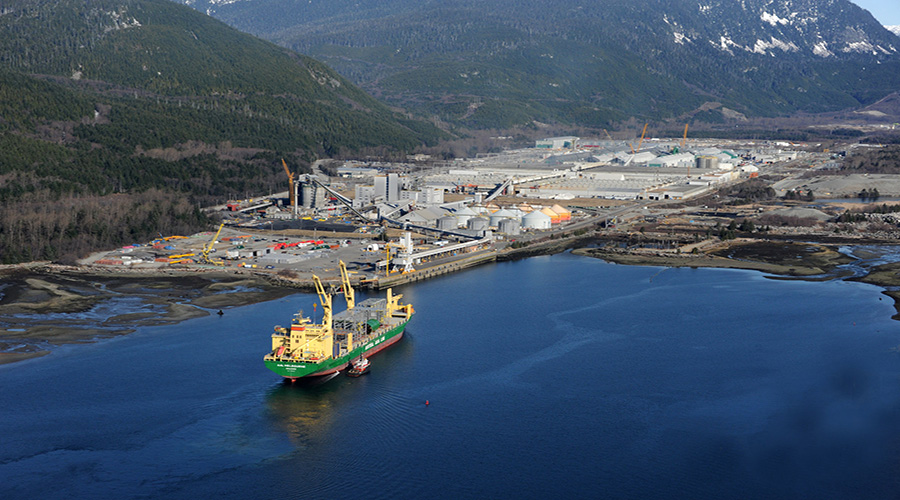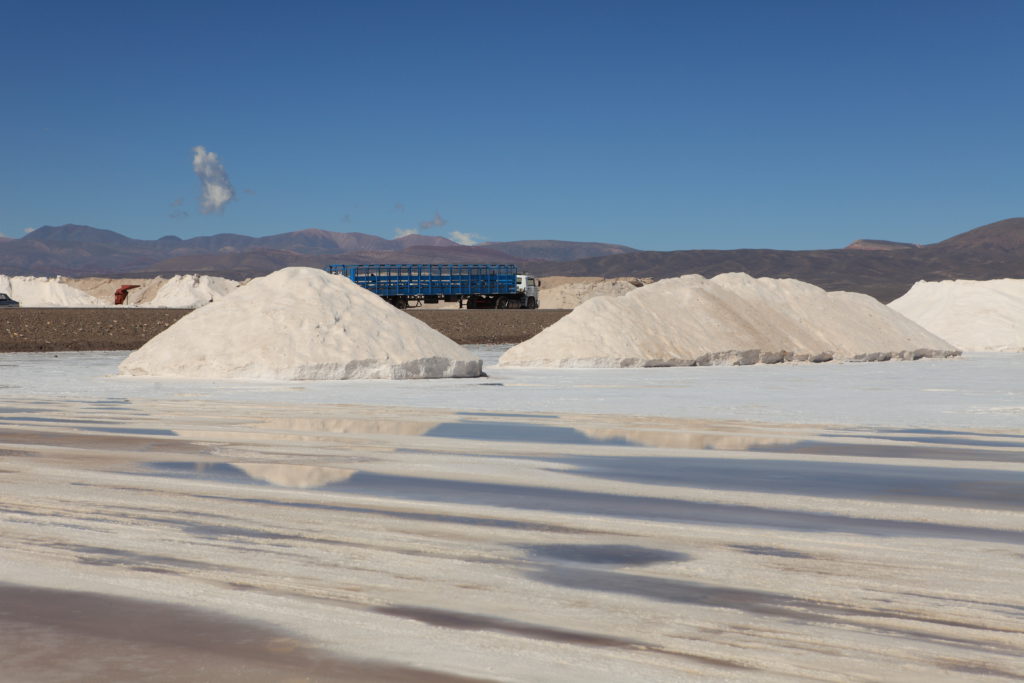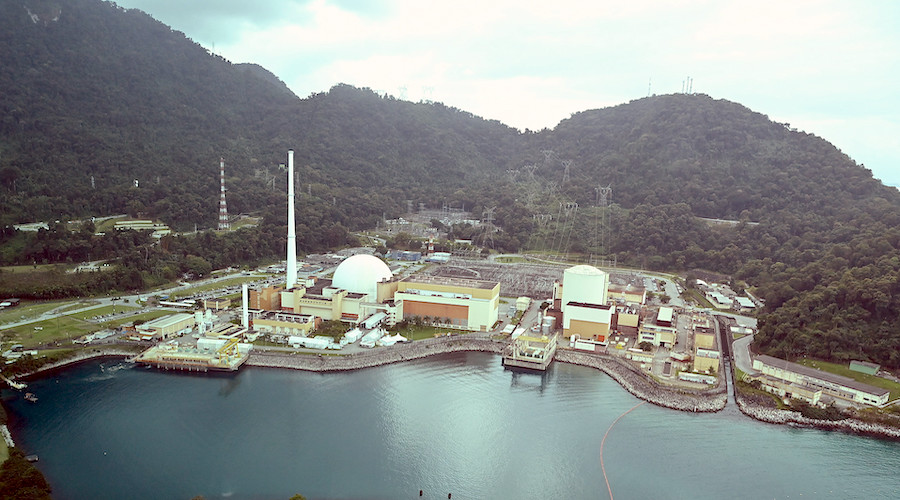Nelson Bennett - Business in Vancouver | December 2, 2022 |

Rio Tinto’s modernised Kitimat smelter. Photo by Rio Tinto Alcan.
Rio Tinto (NYSE:RIO) has commissioned a second tunnel for the Kemano power station that powers its Kitimat aluminum smelter in British Columbia, 27 years after work was halted on the project by the Mike Harcourt NDP government.

The second tunnel was originally part of the Kemano Completion Project, which was intended to add additional generating capacity to the Kemano generating station, 75 kilometres southeast of Kitimat.
That was when the aluminum smelter and Kemano power station were owned by Alcan, which Rio Tinto acquired in 2007.
The Kemano hydro generating station is powered with water drawn from Tahtsa Lake and moved through a 16-kilometre tunnel that slopes down to the power station. Alcan originally planned to expand the Kemano power station with a second tunnel and additional turbines to generate additional power.
Work had already started on the second tunnel’s construction when, in 1995, the Harcourt government halted the project over concerns that drawing additional water from the Nechako River system would negatively affect salmon. At the time, Alcan said it had already spent $500 million on construction of the second tunnel when it was halted.
According to Hatch, the project’s engineering and construction management contractor, the tunnel twinning project involved excavating 7.6 kilometres under a mountain and “refurbishing” another 8.4 kilometres of tunnel that had already been excavated in the 1990s.
Rio Tinto recently marked the official commissioning of the new 16-kilometre tunnel. Unlike the original Kemano Completion Project, the T2 project doesn’t involve any additional turbines or generating capacity.
The second tunnel was created for redundancy, the company said. The original tunnel is nearly 70 years old.
“The second tunnel does improve hydraulic efficiency, but only marginally increases generation capacity,” a spokesperson for Rio Tinto said in an email.
The second tunnel was completed in May, at a cost of C$1 billion, and has had several months of testing and commissioning.
“The completion of a second tunnel to supply water to the Kemano hydropower facility will ensure the long-term, sustainable production of low-carbon aluminium at our smelter in Kitimat,” Andrew Czornohalan, director of energy and watershed partnerships for Rio Tinto BC Works, said in a press release.
“This extraordinary construction feat is the result of the work of generations of workers over three decades. Partnerships with local communities and the Cheslatta Carrier Nation have been instrumental in the project’s success.”
The Kemano power station was built to power the Rio Tinto BC Works aluminum smelter in Kitimat in the 1950s. To provide water for the power station, the Kenney dam was built on the Nechako River.
The creation of the Nechako Reservoir through the Kenney dam has had negative impacts on salmon and sturgeon, First Nations say, because it has lowered water levels in the river system.
The Stellat’en and Saik’uz First Nations in recent years have gone to court to try to get the dam removed and have Nechako River’s water levels restored. Last year, the BC Supreme Court released a decision acknowledging the dam’s negative impacts on the Nechako River and, as a consequence, on the aboriginal rights of the Stellat’en and Saik’uz First Nations.
The court did not make any ruling requiring Rio Tinto to remove the dam or otherwise restore river levels. It did, however, acknowledge that senior governments have an obligation to protect aboriginal fishing rights and take “appropriate steps” to protect the river and its fish.
In an interview last year, Stellat’en Chief Robert Michell told BIV News that, at the very least, First Nations would like to see Rio Tinto reduce the amount of water it uses for generating power in order to maintain higher river levels.
He said the Kemano power station generates more power than is needed for the aluminum smelter in Kitimat. About 20% of the power is sold to BC Hydro. Michell said river levels might be restored somewhat if Rio Tinto reduced power generation by 20%.
(This article first appeared in Business in Vancouver)





.JPG?ext=.jpg) The training simulator for dismantling nuclear reactors (Image: KKIM)
The training simulator for dismantling nuclear reactors (Image: KKIM).jpg?ext=.jpg) Ore is trucked from McArthur River (above) to Key Lake for processing (Image: Cameco)
Ore is trucked from McArthur River (above) to Key Lake for processing (Image: Cameco)